How Harold Clapp ran Victorian Railways with energy and entrepreneurial spirit
Meet Harold Clapp, one of Australia’s greatest railway men, who gave Victoria his vision, his knack for promotion, his support for Victorian industry and the mighty Spirit of Progress.
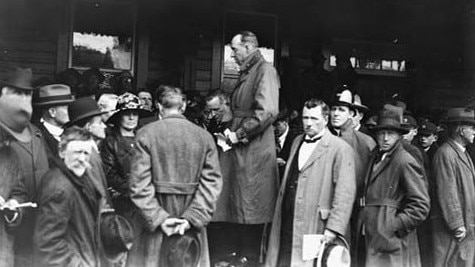
VIC News
Don't miss out on the headlines from VIC News. Followed categories will be added to My News.
He was the son of a Cobb and Co. coach operator and got his start in public transport on Brisbane’s trams, but Harold Clapp became one of Australia’s most visionary railway bosses leading the Victorian Railways.
Harold Winthrop Clapp was born in Melbourne to American parents Francis Boardman Clapp and Isabella Pinnock Class, nee Pierce, on 7 May 1875.
Young Harold was educated at Brighton Grammar and the Melbourne Church of England Grammar School but he was a tearaway who resisted discipline and wagged school whenever he could.
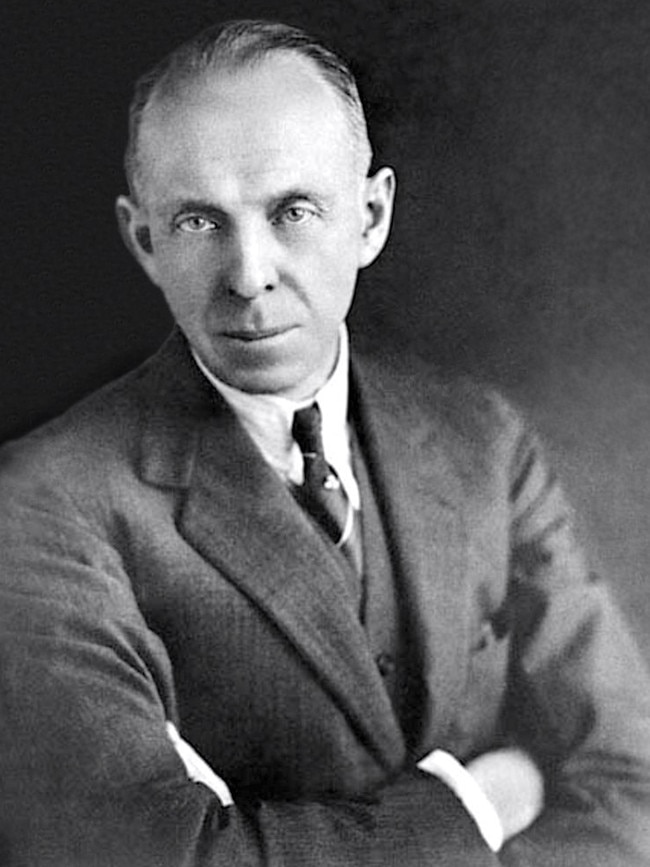
He left school and in 1893 began an apprenticeship at Melbourne engineering firm Austral Otis, which manufactured elevators, leaving in 1895 to become superintendent of motive power at the Brisbane Tramway Company, which his father co-founded after establishing the Melbourne Tramway and Omnibus Company in 1885.
Young Harold headed to the United States in 1900 and became a formidable expert in railway
operations in stints with General Electric in New York and New York City’s Interborough Rapid Transit Co.
He oversaw rail electrification for parts of the Pennsylvania Railroad Company and the Southern Pacific Railroad Company, then was manager and later vice-president at the Columbus Railway Power and Light Company in Ohio and vice-president of the East St Louis and Suburban Railway Company in Illinois.
Through all that, he managed to marry Gertrude Noel, daughter of a Brisbane judge, in Rhode Island in 1906.
He was appointed Chairman of Commissioners with Victorian Railways in April 1920, and arrived in Melbourne five months later to launch the most dynamic era in VR history.
He earned on a whopping £5000 salary (more than $355,000 today), making him the highest paid public servant in Australia. But his reforms made him worth every penny.
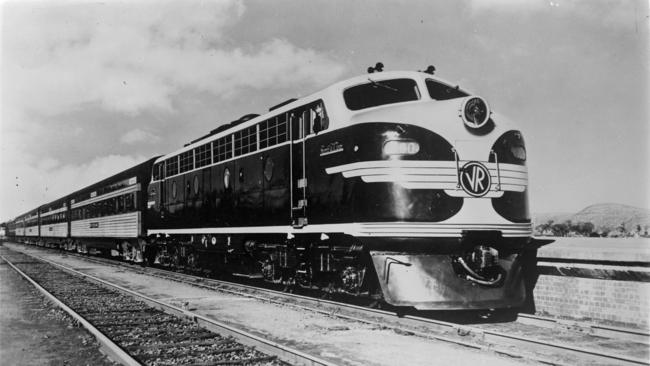
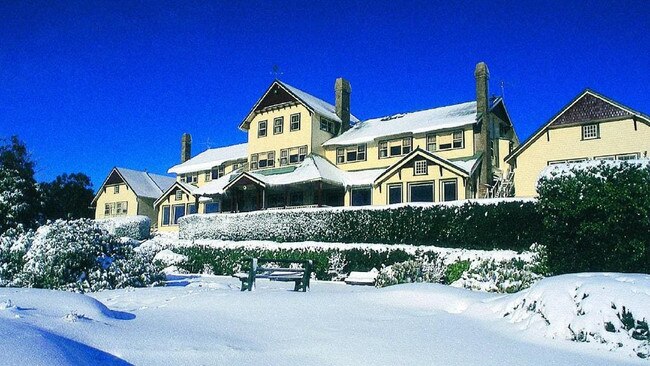
His electrification experience hastened completion of the metro rail electric system by 1922.
Clapp extended the rail network all over Victoria and to places such as Euston, Deniliquin and
Balranald in southern NSW. He pushed for track improvements, accelerated timetables and
overhauled storekeeping.
But it wasn’t just the basic operation of Victorian Railways that came under his entrepreneurial eye.
He was a stalwart for encouraging Victorian agriculture and improving the standards of food offered to the travelling public and his staff.
His first move was to establish a central bakery for the railways in 1923 to stock refreshment rooms at stations around the state, including products that contained dried fruit.
The following year, he set up a kiosk at Flinders St that, among other foodstuffs, sold citrus fruit and, from 1926, fresh orange and lemon juice drinks were on sale at Flinders St.
He improved canteen facilities for staff at the Newport Workshops, improved dining cars and
established all-steel buffet cars, and fostered book and tobacco stands at city stations.
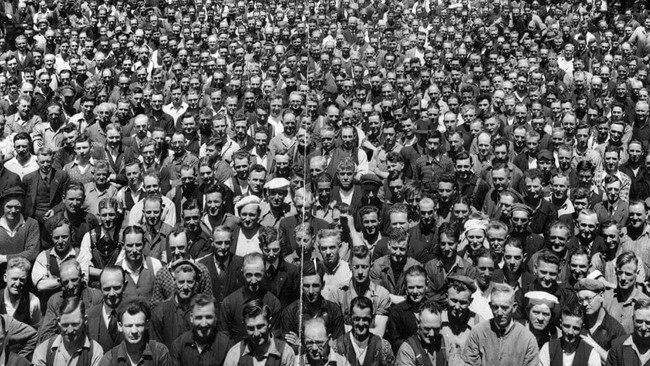
Clapp drove the expansion of the Victorian Railways-owned Mount Buffalo Chalet, a Victorian tourism icon, in the ‘20s.
By 1926, the railways had in-house supplies of meat, its own poultry farm and a laundry.
To help country and interstate passengers, Clapp installed a staff member at Spencer St Station, known as The Man in Grey, to answer questions.
Clapp even took railway advertising back from a private agency and added his own promotional flair.
He took city businessmen to regional areas via his Victorian National Resources Development Train, nicknamed “The Reso” an innovation that allowed movers and shakers to tour regional towns and see expansion opportunities for themselves.
Then, there was his Better Farming Train, which went to country centres to present the latest
farming techniques and scientific breakthroughs to people on the land.
In the 1930s, as road transport became more prominent, he slashed goods rates to keep the
business.
He earned the nickname Clever Mary, a cleaning product brand, because of his insistence on
cleanliness. Clapp was known to run his fingers along high shelves on inspections at country stations.
Clapp even established a children’s nursery at Flinders St so women could do their business in town without dragging the kids along with them.
By and large, the workers – known to Clapp as his “soldiers” - loved him.
When he arrived in 1920, Clapp told an interviewer: “I am all for efficiency and teamwork and want to know my men and my men to know me”.
He knew the names of literally thousands of his “soldiers”, had good relations with union leaders and was renowned as approachable.
But Clapp’s crowning achievement was yet to come.
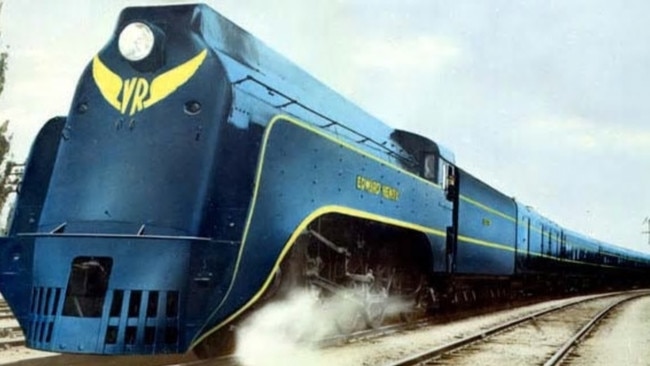
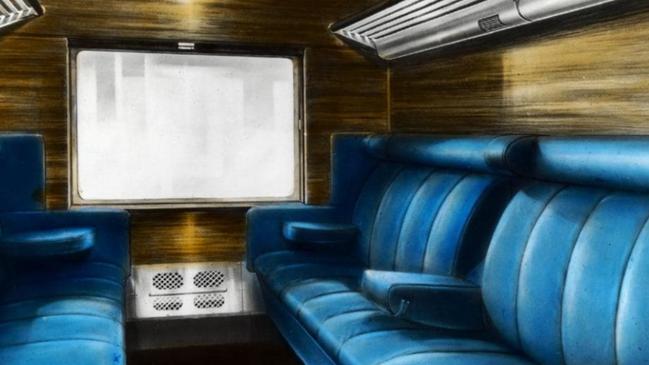
Clapp oversaw the introduction of airconditioned rail carriages ahead of the completion of the fully airconditioned Spirit of Progress, the express train between Melbourne and Albury, in 1937.
The Spirit of Progress was the last word in modern comfort. Hauled by a mighty S-class steam locomotive that was cloaked with a navy and yellow cowl, the Spirit cut travel times to and from Albury by up to 90 minutes.
It boasted a luxurious parlour car and a separate smoking lounge, thick insulation and carpeting throughout, a dining cart with leather and timber furniture and fittings with a gleaming steel kitchen, the latest indirect lighting, and reading lamps for each passenger.
Clapp involved himself in almost every aspect of the Spirit’s construction, and the response from the public to this new, modern train was adoring. It toured the state before it was pressed into service on the North East Line on November 23, 1937.
But with the prospect of war looming, Clapp’s time as Victorian Railways’ most innovative chairman was soon up.
He left the railways on June 20, 1939, after almost 19 years of service, seconded by the Menzies government to spearhead military aircraft production.
PM Robert Menzies, a former Victorian rail minister, knew Clapp’s capabilities well.
Clapp was knighted in January 1941 and in February 1942 returned to transport as director-general of land transport. The aim of the Curtin government was to co-ordinate federal and state road and rail transport.
In that role, he prepared a report, released in March 1945, to standardise many Australian rail
gauges, including abandoning Victoria’s broad-gauge rail system for standard gauge.
It took many more years, but standard gauge now connects every mainland state capital.
Clapp resigned in 1951, citing ill health, but remained a consultant to the Department of Shipping and Transport until his death on October 21, 1952.
When Victoria began operating its first diesel-electric locomotive in July 1952, it was named the Harold W Clapp in his honour.
As always, Harold Clapp led from the front, riding in the driver’s compartment on its inaugural run, just months before his death.
MORE NEWS:
WHEN MILK BARS RULED MELBOURNE’S SUBURBS
WHY HOLDEN SHOULD HAVE DUMPED ITS ICONIC NAME


